Loganberries, at a glance, look like a cross between raspberries and blackberries.
The large, cone-shaped dark red berries are extremely juicy and come with a tart, rich flavor.
When raw, they are usually green and slightly bitter.
They can be eaten raw but are mostly used for pies, jam, pudding, and compotes.
This berry is actually named after James Harvey Logan, an amateur breeder of raspberries and blackberries.
In the 1880’s he discovered this natural hybrid in his garden in California and named it after himself.
Loganberries have a darker, sharper fruit taste, are hard to harvest by machine, and have a short shelf-life; you will not see them in shops and markets.
They are known to be thorny, vigorous plants that take up quite a bit of space. You could grow a thornless, more compact variety if you choose the right seeds.
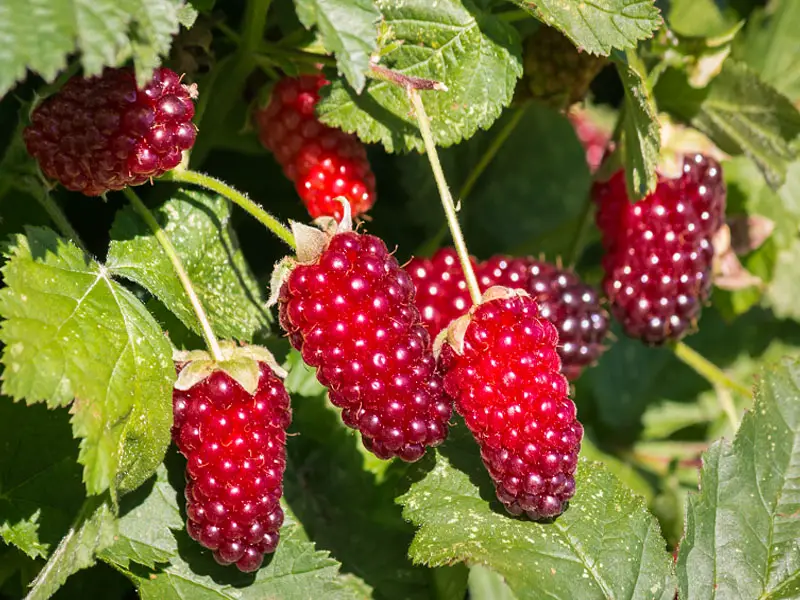
| Scientific Name | Rubus loganobaccus |
| Common Names | loganberry |
| Hardiness | USDA 6 to 10 |
| Indoor or Outdoor Plant? | Outdoors |
| Sun Exposure | Full sun to partial shade |
| Water | Regular and consistent |
| Size | 6-10 feet tall |
| Soil Type | Rich, moisture-retentive soil |
| Soil pH | 6.0-6.5 |
| Flower | Small white flowers |
| Growing Difficulty Level | Easy |
Loganberry Appearance and Characteristics
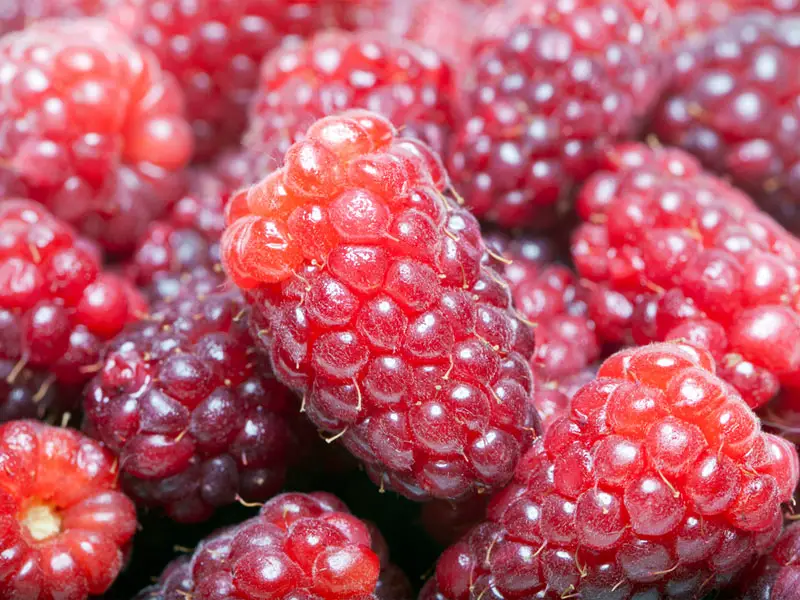
The loganberry comes in colors of deep red and purple.
It produces vigorous, prickly canes that carry three to 5-lobed leaves.
Since it flowers late, the plants can thrive in low-lying conditions.
While spring frosts don’t cause any damage to the blossom, severe winters may affect the canes.
These self-compatible or self-seeding plants yield heavy crops of blunt, firm, juicy, rich flavorful deep red or purple berries.
An ideal time for yield is during August and September, which can last for almost 10-15 years.
You have to pick the berries completely from the core and do so when they are quite dry.
Compared to others, the loganberries are sturdier, more disease and frost-resistant.
Since they grow in batches, are difficult to spot amidst the foliage, and grow from thorny canes, they are not cultivated commercially.
The thornless species are more widely grown. However, if you’re planning to plant a tasty border wall at one end of your yard, then the prickly brambles are ideal barrier hedges.
The gentler berries are the popular American Thornless variety ideal for large-scale berry picking.
Loganberry Growing Guide
Loganberries are not difficult to grow, and they are super versatile in nature.
Their ability to grow under most weather conditions and almost any soil type make them feasible and affordable.
Besides being a good food source, they are also quite high in vitamins and antioxidants, making them a popular garden plant.
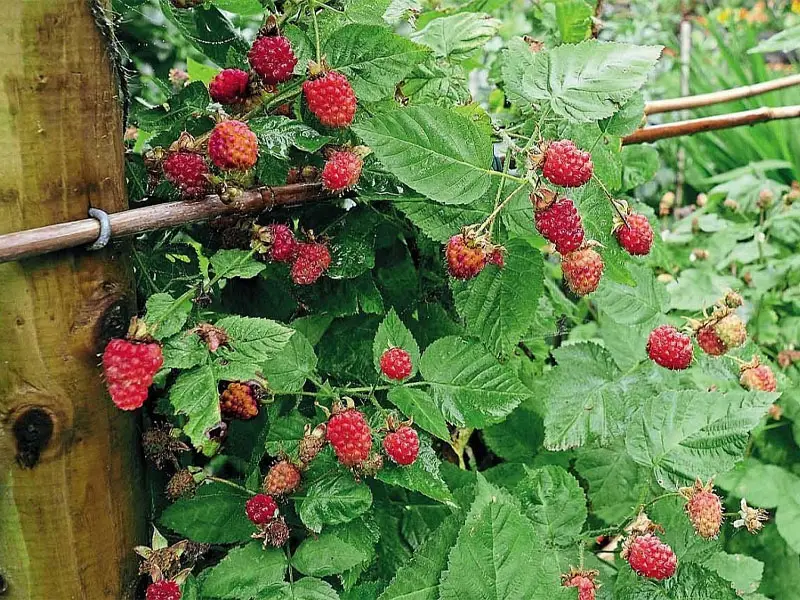
Water
The loganberry plant needs plenty of moisture.
Since they usually planed around June and will not produce fruit until August, you must check the amount of water it receives.
The danger of overwatering can prevent the plant from sprouting to its complete form.
So ensure that you control the watering process.
If you plant it in well-draining soil, then the berries will benefit from this greatly.
When planting young shoots, water them as soon as you put them in the ground.
If your plant is in a very sunny area, then you can add mulch on top.
If you have kept your plant in a partial shade, add less water and avoid watering during rain or monsoons.
Light
An ideal location to grow the loganberry is in a sunny area as this plant needs a lot of light.
If you keep them under some trees, then ensure there is partial shade.
Preferably an open, sunny but sheltered site is the best.
Make sure that the plant is protected from the northeast winds.
When you are planting them in rows, they should run north to south. This prevents dryness or breakage.
Soil
The Loganberry is highly tolerant of a variety of different soil.
They thrive on slightly acidic soil.
A heavy, chalky, and light soil with a dry texture adds to the iron and manganese deficiencies making the soil ideal for growing.
If you plant them in well-drained loam or brick earth, then that too enables good growth.
Rich manure that has plenty of nitrogen is perfect for these plants.
Try adding mulch annually in the late autumn with feed or fish manure.
Temperature and Humidity
The Loganberry is planted as a bare root plant between November and March.
Plant bare-root plants as soon as you receive them unless the soil is frozen.
Loganberries should be planted about 6 ft apart to allow them to spread.
Planting them during the dormant months of November or December before the ground gets too frozen is ideal.
When planting in containers, you could consider doing it in March.
Potting and Repotting
When you pot young loganberry plants, put in plant supports like wires against a wall or a sturdy wattle fence.
Keep a distance of at least 2m between plants when planting between rows.
Soak the roots for some hours before planting.
Dig a hole bigger than the root ball, add compost or fish manure at the base, plant the berries and the hole, adding water, and letting soil set.
Top Tip: Plant a pot-grown loganberry during spring or summer in the same manner—water well in their first growing season, especially during dry weather.
Propagating and Pruning
You should propagate loganberries by layering or hardwood cuttings.
They often naturally grow from the tip of a stem that hits the ground.
The tip develops roots and then shoots. You can also peg a tip to the ground and wait for it to root before digging up and planting.
Prune your loganberries during the late summer or autumn.
Then cut out the older canes at the base, leave the pale green new cane to fruit the following year.
If you bundle the new stems, tie them to the top wire as a bundle.
After fruiting, you can untie the bundle and spread them out to one side of the main stem.
Advantages of Growing Loganberry
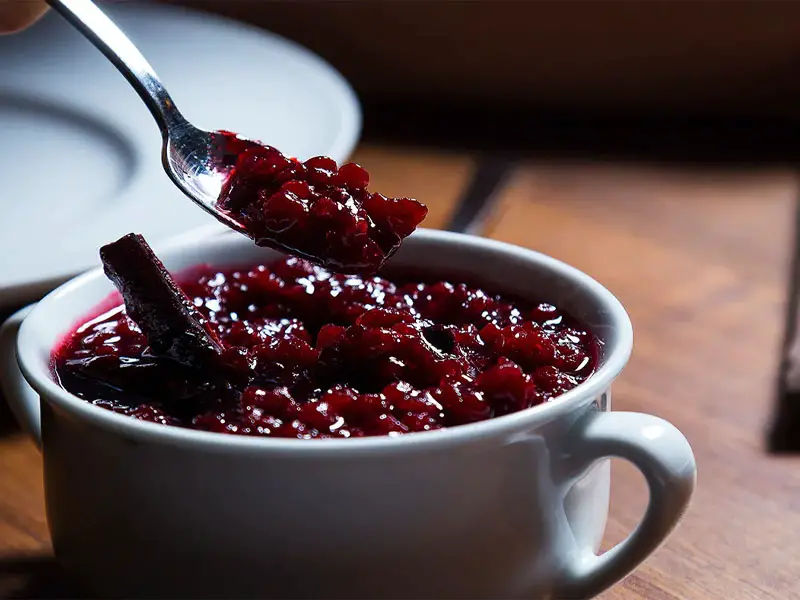
You know that Loganberries had ripened when they turned deep red or almost purple from the light green.
The stalks are thin and brittle and can come off with a gentle tug from its white central core.
Do not crush them as they are filled with juice.
Loganberries are a fruit that should be picked fresh and consumed on the same day.
You could store unwashed fruits in a single layer in the fridge for a few days.
However, you must remember that moisture encourages grey mold, so spread them out on a dish to open-freeze, then store in a box or bag for up to two months.
Before harvest, let the berries ripen to a deep wine red. Loganberries don’t ripen all at once and ripen gradually over a month-long period.
Do not harvest or do any heavy picking after rain or storms as amp berries spread mold quickly when handled.
Fresh loganberries add a rich flavor to muffins or pies.
Add the berries to some homemade sangria or any other wine for a nice crunchy essence, or just snack on them straight from the plant.
If you want to add some flavor and color to your yogurt or smoothies, just grab a handful and dunk them in.
The high levels of vitamins C and K, manganese, folate, and antioxidants in loganberries can boost the nutrient density of any meal.
If you like homemade jams and jellies, then the loganberry is also a good option.
Their sweet flavor and large, juicy fruits are easier to process than both blackberries and raspberries, and you can keep them for months.
Another great kitchen use is the loganberry syrup that you should pour on cinnamon, whole-wheat pancakes during those winter evenings.
Sprinkle some on your waffle or blend some into your butter for a fantastic spread.
These versatile berries have healing Properties too. The vitamin C and anti-microbial content keep colds at bay.
Crush the berries and use them as a facemask for great skin nourishment.
You can also crush them with plain yogurt to make a daily skin-softening, cleansing mask.
When you blend them with elderberries in medicinal syrups, their vitamins and antioxidants boost your health.
Loganberry Pests, Diseases, and Problems
Though the loganberry plant is mostly pest-free, some common pests such as aphids, cane spots, and slugs do crop up.
Spray the sticky, aphid residue on the underside with Insecticidal soap to rid the plant of bugs.
Cane spots or grayish-purple splotches on leaves and fruit can be a real nuisance.
The diseased areas of plants should be immediately cut down and burned.
Sprinkle salt water to keep away slugs and snails since they love munching sweet loganberries.
Where to Find High-Quality Seeds
You can buy some high-quality seeds from Amazon.com by clicking on the link below.
LoganBerries

FAQs
Some commonly asked questions on the Loganberry are as follows:
How long do Loganberry plants live?
Loganberries will live for between 10-15 years.
Do Loganberries require full sun?
Yes. Loganberries require full sun, but partial shade will also do.
What does the Loganberry taste like?
It has a rich, fruity and juicy taste.


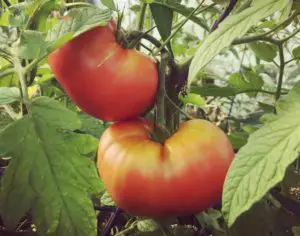
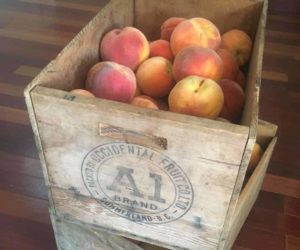
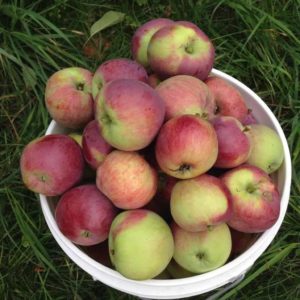
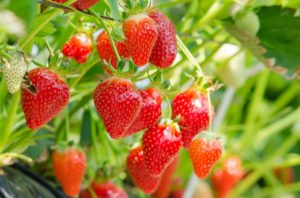
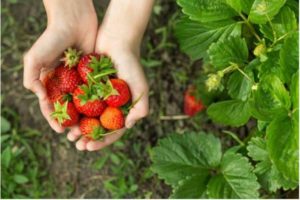
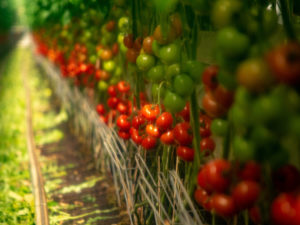
Do loganberries drop their leaves in winter?